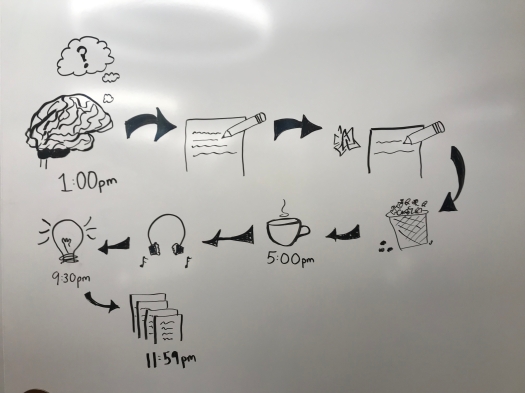Tyner and Monmonier’s readings on maps provided an eyeopening exploration of the motivations and ideas that go into map-making. The biggest surprise for me came while reading Monmonier’s introduction in “HOW to LIE with MAPS” when he discussed how maps inevitably distort reality. Fundamentally, maps are a representation of reality which introduces representation bias by default.
In Tyner’s reading, Judith discusses the thought process that goes into making a map which I found enlightening. Judith writes, “maps are drawings and they are selective.” By this, she means that the creator of the map is at liberty to decide what is important to include on the map and what is not.
This idea is expanded upon in Chapter 7 of Monmonier’s book when he writes “the propagandist molds the map’s message by emphasizing supporting features, suppressing contradictory information, and choosing provocative, dramatic symbols.” Keeping both of these ideas in mind, it is important to highlight and remember that maps are used as propaganda, and with that comes bias. A mapmaker is at liberty to decide what they want to represent and how, and they can strategically disclude information that contradicts your argument.
All three of these readings really got me thinking about the process of mapmaking and how it can be manipulated in the creator’s favor to sway an audience.
I have included two examples of maps to discuss in class.
The map of Wisconsin: This map provides different cartoon drawings of the associations related to the major cities in Wisconsin. For example, the depiction of Madison takes over the whole southern part of the state. Madison’s picture of the state capital as well as the word “Madison” is much larger than the representation of Milwaukee. To me, this is a bad representation because from looking at this map, you would assume that Madison is the largest city in the state, however, Milwaukee’s population is 600,000 whereas Madison’s is only 250,000.
The map of the United States: This map provides a very one-dimensional representation of each state, focussing on their “worst” trait or biggest problem that they are known for.



